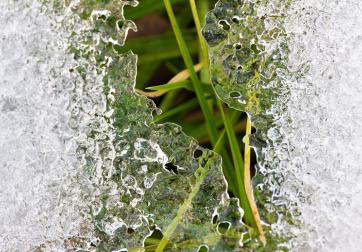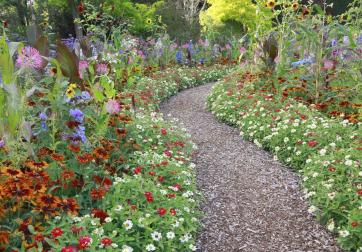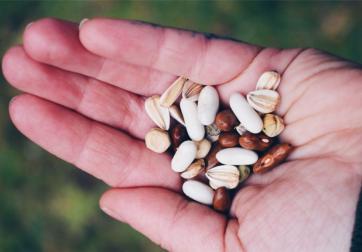Have you noticed the colorful small cacti in the big box stores and nurseries? The round spiny balls are dressed in various colors such as red, yellow, and pink on thick, green stems. These are grafted cacti called ‘Moon Cactus’ or ‘Hibotan.’ Many come from Korea. Koreans have perfected the process to create ‘Moon Cactus.’
The colorful top is a cactus called Gymnocalycium mihanovichii var. friedrichii which does not have green chlorophyll. These cacti would perish as seedlings because they cannot produce “food.” Without chlorophyll, photosynthesis cannot occur. The seedlings need to be grafted onto a green chlorophyll-filled base. Commonly used bases are Hylocereus trigonus, Hylocereus undatus, Cereus peruvianus, and Trichocereus spachianus.
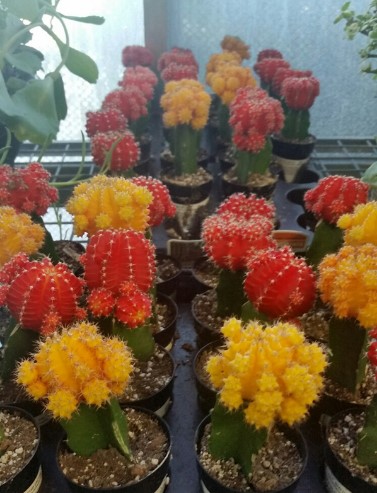
The cactus being grafted (the top part) is called the scion, and the base is the rootstock. The base is beheaded about an inch from the soil. The scion is cut and placed on top of the rootstock after the edges are trimmed to slope downward. The vascular cambiums of both plants are aligned, and rubber bands are used to hold the two in place. Approximately two to three weeks are required for the wound to heal. At this point, the rubber bands may be carefully removed. The compatibility of both plants is essential for success. As compatibility diminishes, so does the success of grafting. Unfortunately, the two cacti don’t grow at the same speed. Eventually, they will split and become unattached. At this point, you can graft a new rootstock to the scion that is the appropriate size.
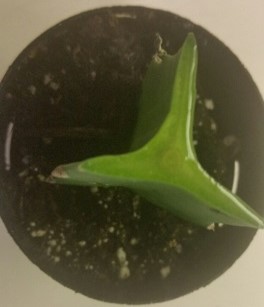
The ‘Moon Cactus’ prefers bright indirect light on a sunny windowsill. Feed with cactus fertilizer every month from April to September. Use unglazed shallow pots. Do not use glazed pots because excess water will rot the cactus. Water thoroughly, allowing water to drain through the drainage holes and remove the excess water from the drainage dish. Don’t water again until the pot is thoroughly dry. Water during the summer months; suspend watering in the winter. Repot in the spring to replenish nutrients.
The ‘Moon Cactus’ is easy to grow but also easy to make. Anyone can learn to graft -- check out the many YouTube videos that demonstrate this age-old process.
National Garden Clubs, Inc. is a 501(c)(3) organization that aims to promote the love of gardening, floral design, and civic and environmental responsibility. There is a local club near you, click here to find one and join. Subscribe to the NGC’s blog by entering your e-mail here. You will receive an e-mail when there is a new blog article on the NGC website. You do not have to be an NGC member to subscribe.
5 Comments
NGC board member
Fascinating, Donna! It's nice to learn about the science, but cacti with chlorophyll get my vote. I still have a barrel cactus purchased in Albuquerque when June wood was NGC President.
Louisiana Garden Club Federation President
Donna, I am glad to know that there is a reason for those grafted cacti, not just to make pretty plants.
Cool!
This is fascinating! Will definitely try it out :)
Post Author
Cacti are very intriguing plants. Although some may have deadly spines, the flowers are fascinating. Some flowers may be significant, colorful, and very hairy. I agree; the ‘Moon Cactus’ or ‘Hibotan’ is manipulated to survive and will not live unless man helps it. All cacti, in general, are captivating plants to grow.
NGC Third VP
The title was captivating or should I say decapitating! Great information and I will never look at the little plants the same way again. Great read.

 Board Member Login
Board Member Login Our Store
Our Store Blog
Blog



